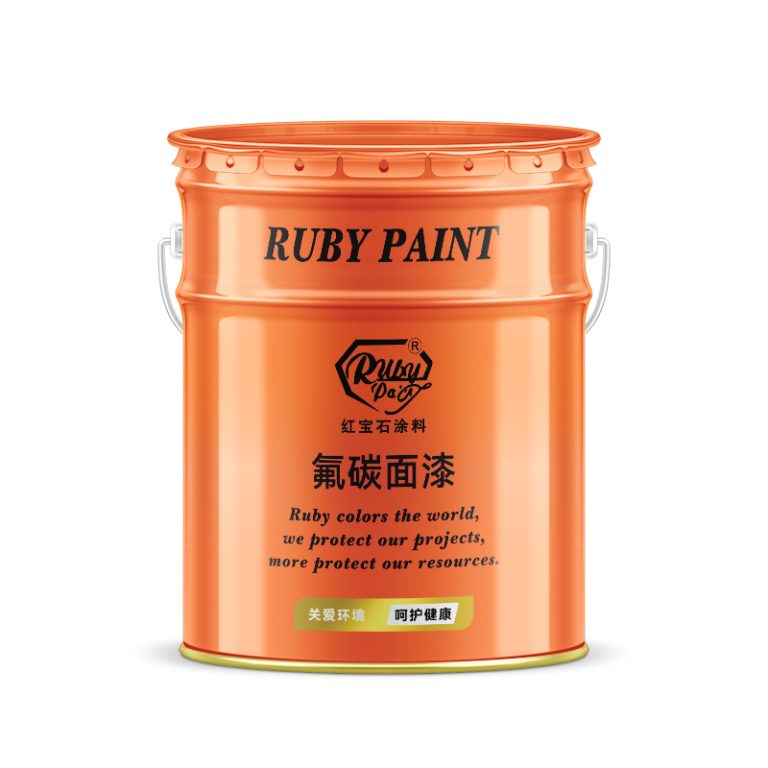Table of Contents
Techniques For Blending Acrylic Paints
Acrylic paint is a versatile medium that offers artists a wide range of possibilities for creating stunning works of art. One of the key techniques that can elevate an acrylic painting is blending. Blending acrylic paints allows artists to create smooth transitions between colors, add depth and dimension to their work, and achieve a more realistic look. In this article, we will explore some effective techniques for blending acrylic paints to help you enhance your artistic skills.
Another effective technique for blending acrylics is glazing. Glazing involves applying a thin, transparent layer of paint over a dry layer. This allows the colors to blend visually, creating a sense of depth and luminosity. To achieve a successful glaze, it is important to use a glazing medium, which increases the transparency of the paint and slows down the drying time. By building up multiple layers of glaze, you can create subtle color shifts and enhance the overall richness of your painting.

In addition to wet-on-wet and glazing, artists can also use the dry brush technique for blending acrylics. This technique involves using a dry brush to apply a small amount of paint over a dry layer. By using light, feathery strokes, you can create a textured blend that adds interest and complexity to your work. The dry brush technique is particularly useful for adding highlights and shadows, as well as for creating a sense of movement in your painting.
It is also worth noting that the choice of brushes can have a significant impact on your blending results. For smooth, seamless blends, it is recommended to use soft, synthetic brushes that have a good capacity for holding paint. Round or filbert brushes are particularly well-suited for blending, as their rounded edges help to soften the transitions between colors. On the other hand, stiff-bristled brushes can be used for more textured blends, where a rougher, more expressive effect is desired.
| No. | Product |
| 1 | Industrial paint |
| Serial Serial Number | Product |
| 1 | Epoxy Zinc rich paint |
Finally, practice is key to mastering the art of blending acrylic paints. Experiment with different techniques, brushes, and color combinations to discover what works best for you. Don’t be afraid to make mistakes, as each attempt will provide valuable insights and help you refine your skills. With patience and persistence, you can develop a unique blending style that brings your acrylic paintings to life.
In conclusion, blending is an essential technique for any acrylic painter looking to create dynamic and realistic artworks. By understanding the properties of acrylic paint and experimenting with different blending methods, you can achieve stunning effects that enhance the visual impact of your paintings. Whether you are a beginner or an experienced artist, mastering the art of blending will undoubtedly take your acrylic painting skills to the next level.
Exploring The Durability Of Acrylic Paints In Outdoor Art Projects
Acrylic paint is a versatile medium that has gained popularity among artists for its quick-drying properties and vibrant colors. When it comes to outdoor art projects, the durability of acrylic paint becomes a crucial factor to consider. This article explores the resilience of acrylic paints when exposed to various environmental conditions and offers insights into how artists can maximize the longevity of their outdoor creations.
Acrylic paint is composed of pigment suspended in an acrylic polymer emulsion. This composition makes it water-resistant once dry, which is a significant advantage for outdoor applications. However, despite its inherent water resistance, acrylic paint is not entirely immune to the effects of weathering. Prolonged exposure to sunlight, moisture, and temperature fluctuations can impact the appearance and integrity of the paint over time.
One of the primary concerns with using acrylic paint outdoors is the potential for fading due to ultraviolet (UV) radiation. UV rays can break down the chemical bonds in the pigments, causing the colors to lose their vibrancy. To mitigate this issue, artists can opt for acrylic paints that contain UV-resistant additives. These additives help absorb and deflect UV rays, thereby preserving the color intensity of the paint. Additionally, applying a UV-resistant varnish over the finished artwork can provide an extra layer of protection against fading.
Moisture is another factor that can affect the durability of acrylic paint in outdoor settings. While acrylic paint is water-resistant, it is not entirely waterproof. In areas with high humidity or frequent rainfall, moisture can penetrate the paint film, leading to issues such as cracking, peeling, or mold growth. To enhance the moisture resistance of acrylic paint, artists can use sealants or varnishes that are specifically designed for exterior use. These products create a barrier that prevents water from seeping into the paint layers, thus extending the lifespan of the artwork.
Temperature fluctuations also pose a challenge for acrylic paint in outdoor environments. Extreme temperatures can cause the paint to expand and contract, which may result in cracking or flaking. To combat this, it is essential to choose acrylic paints that are formulated for outdoor use, as they are typically more flexible and can better withstand temperature changes. Additionally, applying the paint in thin layers can help reduce the stress on the paint film caused by thermal expansion and contraction.
In conclusion, while acrylic paint offers many benefits for outdoor art projects, its durability is influenced by factors such as UV exposure, moisture, and temperature fluctuations. By selecting the right type of acrylic paint, using protective additives and varnishes, and applying appropriate painting techniques, artists can significantly enhance the resilience of their outdoor artworks. With proper care and consideration, acrylic paint can be an excellent choice for creating vibrant and long-lasting outdoor art installations.






